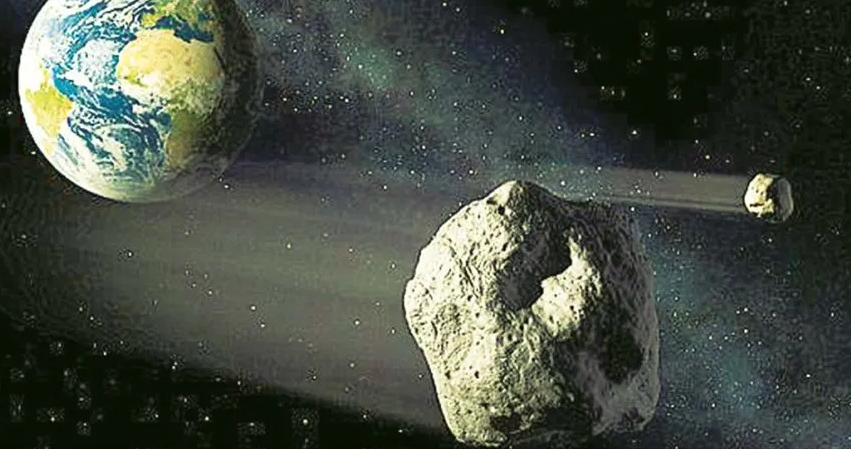The largest asteroid to sweep past Earth this year will make its closest approach on Sunday. However, scientists have told people not to panic as it poses no threat to the planet.
The giant space rock that researchers call 2001 FO32 has a diameter of several hundred metres and will approach Earth at a distance of about two million kilometres (1.2 million miles), US space agency NASA said.
That distance is more than five times as far as the Earth to the moon. According to Detlef Koschny, an asteroid expert at the European Space Agency in a report by Aljazeera,
It’s stable, it’s not on a risky course, the celestial object will be available for viewing by amateur astronomers with the proper equipment.
Also, Paul Chodas, director of the Center for Near-Earth Object Studies, which is managed by NASA’s Jet Propulsion Laboratory in southern California said:
We know the orbital path of 2001 FO32 around the sun very accurately, since it was discovered 20 years ago and has been tracked ever since.
This particular asteroid, which orbits the sun once every 810 days, will fly past Earth at a speed of about 124,000kph (77,000mph).
After its harmless visit on Sunday, 2001 FO32 will continue its lonely voyage, not coming as close to Earth again until 2052, NASA said. Scientists plan to use the flyby to study the asteroid more closely.
“We don’t know much about it,” Koschny said, adding that getting a close look at 2001 FO32 will help astronomers who are working on asteroid-deflecting projects.
Asteroids are small, rocky objects that orbit the Sun. Although asteroids orbit the Sun-like planets, they are much smaller than planets.




